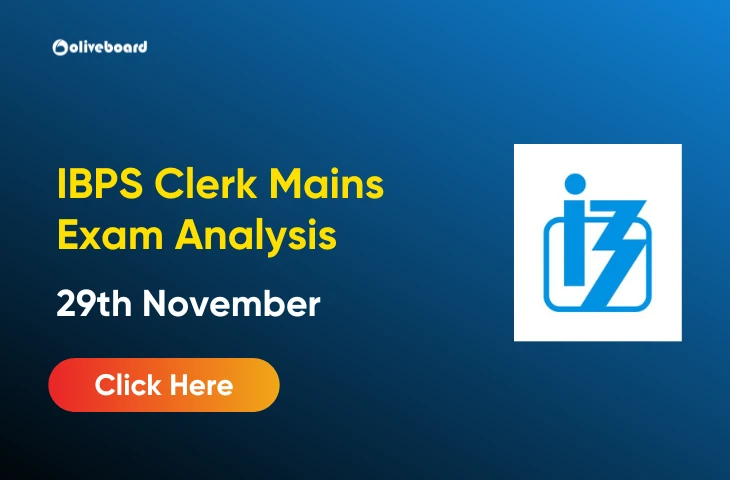SDM Full Form
SDM stands for “Sub-Divisional Magistrate”. This title is typically bestowed upon a government officer, who is responsible for a sub-division within a district or administrative region. Sub-divisions are smaller administrative units within a district, and SDMs are vested with significant authority to oversee and manage various aspects of governance and administration at this level. In this article, we will unveil the full form of SDM, and explore the significance, duties, and role this official plays in the administrative hierarchy.
SDM Full Form in Hindi
SDM का मतलब “उप-विभागीय मजिस्ट्रेट” है। यह उपाधि आम तौर पर एक सरकारी अधिकारी को दी जाती है, जो एक जिले या प्रशासनिक क्षेत्र के भीतर एक उप-विभाजन के लिए जिम्मेदार होता है।
Understanding the Significance of SDM
The significance of Sub-Divisional Magistrates is rooted in their pivotal role in maintaining law and order, executing government policies and programs, and facilitating the delivery of essential services at the sub-divisional level. Key aspects of their significance include:
- Local Administration: SDMs are key figures in local administration, ensuring that government policies and programs are effectively implemented at the grassroots level.
- Law and Order: They play a crucial role in maintaining law and order within their sub-division, addressing public grievances, and managing crisis situations.
- Revenue and Land Management: SDMs often oversee revenue collection, land administration, and related matters in their sub-division.
- Welfare Programs: They facilitate the implementation of various welfare programs and services for the benefit of the local population.
Roles and Responsibilities of an SDM
The roles and responsibilities of a Sub-Divisional Magistrate may vary from one jurisdiction to another, but they typically include the following:
- Administration: Overseeing the overall administration of the sub-division, which includes law enforcement, public services, and revenue collection.
- Law and Order: Maintaining law and order, handling public protests, and taking necessary measures to ensure the safety and security of the local population.
- Revenue and Land Management: Managing land records, land disputes, and revenue collection within the sub-division.
- Public Services: Facilitating the delivery of government services to the public, such as issuing certificates, licenses, and permits.
- Welfare Programs: Implementing and monitoring various government welfare programs, including those related to education, health, and social services.
- Disaster Management: Coordinating disaster response and relief efforts during natural disasters or emergencies.
- Elections: Overseeing electoral processes and ensuring free and fair elections at the sub-divisional level.
- Judicial Functions: In some regions, SDMs may also have certain judicial powers, such as handling small disputes and conducting inquiries.
Appointment and Qualifications
Sub-Divisional Magistrates are usually recruited through competitive civil service examinations. Their appointment is made by the government or relevant administrative authority. The specific qualifications and eligibility criteria can vary from one country to another, but candidates generally need to hold a bachelor’s degree and pass a rigorous examination process to qualify for the position. Experience in the civil services may also be a requirement.
Significance of SDM in Various Countries
The role of a Sub-Divisional Magistrate or its equivalent exists in many countries. The title may vary from place to place. For example:
- In India, the term SDM stands for Sub-Divisional Magistrate and is used in the administrative structure of states and union territories. SDMs have extensive powers and responsibilities at the sub-district level.
- In Bangladesh, the role is similar, and the equivalent title is “Upazila Nirbahi Officer” (UNO), which translates to “Upazila Administrative Officer”. UNOs have comparable responsibilities at the sub-district level.
- In Pakistan, an Assistant Commissioner (AC) serves a role akin to that of an SDM in India, managing administrative and civil matters at the sub-divisional level.
- In some Western countries, the responsibilities associated with an SDM may be distributed among various local government officials, and the title may not exist in the same form.
Challenges and Controversies
Sub-Divisional Magistrates often face various challenges and controversies in the course of their duties, including handling sensitive issues, managing crises, and maintaining law and order during protests and demonstrations. Controversies may arise from the exercise of their powers, and the role requires a delicate balance between administrative authority and public service.
Conclusion – SDM Full Form
In conclusion, SDM, with its full form being “Sub-Divisional Magistrate,” holds a significant and multifaceted role in the administration and governance of sub-divisions within a district or administrative region. SDMs are responsible for local administration, law and order, revenue and land management, public services, and the implementation of welfare programs. Their roles and responsibilities may vary by jurisdiction, but they are fundamental in maintaining governance and public order at the grassroots level. While the challenges and controversies they face can be demanding, the role of an SDM remains indispensable in ensuring the effective delivery of government services and maintaining law and order in their respective sub-divisions.
- IBPS Clerk Mains Exam Analysis 2025, 29th November, Shift 1
- Delhi Police HCM Exam Date 2025 Out, CBT scheduled from 7th to 12th January 2026
- Sarkari Result 2025, Latest सरकारी नौकरी Updates & Results
- Indian Overseas Bank LBO LPT Dates 2025 Out, Check Notice
- PNB LBO Syllabus and Exam Pattern 2025, Check Details
- PNB LBO Salary 2025, In Hand Salary, Perks, and Allowances
SDM Full Form – FAQs
Ans. SDM stands for “Sub-Divisional Magistrate.”
Ans. SDM का मतलब “उप-विभागीय मजिस्ट्रेट” है।

Hello, I’m Aditi, the creative mind behind the words at Oliveboard. As a content writer specializing in state-level exams, my mission is to unravel the complexities of exam information, ensuring aspiring candidates find clarity and confidence. Having walked the path of an aspirant myself, I bring a unique perspective to my work, crafting accessible content on Exam Notifications, Admit Cards, and Results.
At Oliveboard, I play a crucial role in empowering candidates throughout their exam journey. My dedication lies in making the seemingly daunting process not only understandable but also rewarding. Join me as I break down barriers in exam preparation, providing timely insights and valuable resources. Let’s navigate the path to success together, one well-informed step at a time.






